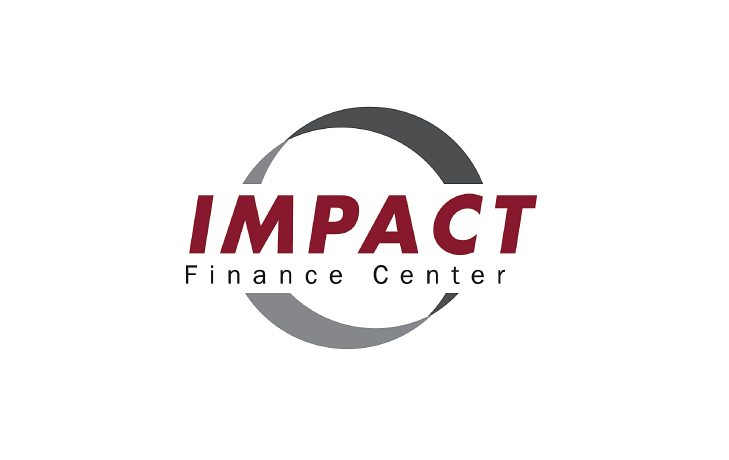Over the last two decades, Socially Responsible Investing has experienced an extraordinary shift from a relatively small niche market to a mainstream investment strategy that continues to gain traction, including the more nascent area of Gender Lens Investing. According to the Social Investment Forum’s 2014 Report on Sustainable and Responsible Investing Trends in the United States, sustainable, responsible and impact investing enjoyed a growth rate of more than 76% in two years – increasing from $3.74 trillion in 2012 to $6.57 trillion in 2014. As of year-end 2013, more than 1 out of every 6 dollars under professional management in the United States — $6.57 trillion of $36.8 trillion – was invested according to SRI strategies. This represents a tenfold increase since they started tracking the SRI universe in 1995. The report identifies Mutual funds as one of the most dynamic segments within the environmental, social, and corporate governance (ESG) investing space. The number of ESG mutual funds in the United States has grown from 333 to 456, and their collective assets have increased from $641 billion to $1.93 trillion, more than a 200% increase. SRI investing “with a gender lens” has also taken hold, but with a much more limited number of investment opportunities.
Gender lens investors put their assets with entities whose missions and/or practices help to advance the lives of women and girls, including access to capital, gender equity in the workplace, and increased products and services that benefit women and girls. The vehicles used to influence these categories of impact range from small debt instruments to large mutual funds to private equity investments in women-led enterprises. Most gender investing vehicles are only available to high net worth/accredited investors, corporations, foundations, and non-profits – while the general public is limited to a handful of investment options. An increasing number of advocacy organizations are playing a critical role in helping businesses recognize the importance of gender diversity from the check-out to the boardroom. Further, economists, academicians, and social researchers have compiled data to support the huge payoffs for businesses, communities, and the larger economy.
The timing is ideal to boost the visibility of this “investing revolution”, whereby investors are recognizing the power of their investments beyond just financial returns.





































